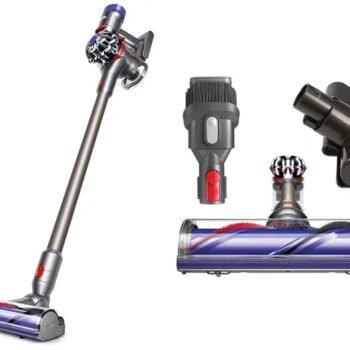Finding the best laptops for remote work isn’t just a spec sheet comparison. You need a machine that fits your life. Maybe you hop between coffee shops. Maybe your kitchen table doubles as a desk. Or perhaps you split time between home and an office.
This guide looks at powerful premium models alongside cheaper picks. We’ll check out Windows, macOS, and ChromeOS options. There are also specific choices for gamers and creative pros. Whatever you need or can spend, a great remote work partner exists.
TL;DR – Quick Summary of Top 2025 WFH Laptops
| Model | Key Strength | Battery Life | Price | Best For |
| Dell XPS 13 | All-day battery | 27 hours | $1,249 | Hybrid workers |
| Apple MacBook Pro 14″ | M4 performance | 18 hours | $2,499 | Creatives |
| Lenovo ThinkPad T14s | Keyboard comfort | 15 hours | $1,499 | Business/typing |
Key Features for Remote Work Laptops
- Battery Life Over 12 Hours: Forget scrambling for power points. Machines lasting from coffee to evening calls keep you productive. This is key for best laptops for remote work.
- Display Quality: Anti-glare, OLED, or 14-inch+ screens help during long workdays. Your eyes feel better after months of use.
- Portability Under 3 Pounds: Truly working anywhere means carrying a light laptop. Heavy machines stay home, limiting your freedom.
- Superior Webcam and Microphones: Need 1080p minimum plus noise cancellation that really works. Colleagues should hear you clearly, not background noise.
- Connectivity Options: Multiple USB-C and Thunderbolt 4 ports enable easy docking. One-cable setups change everything for hybrid work.
Best Overall: Dell XPS 13 (2025)
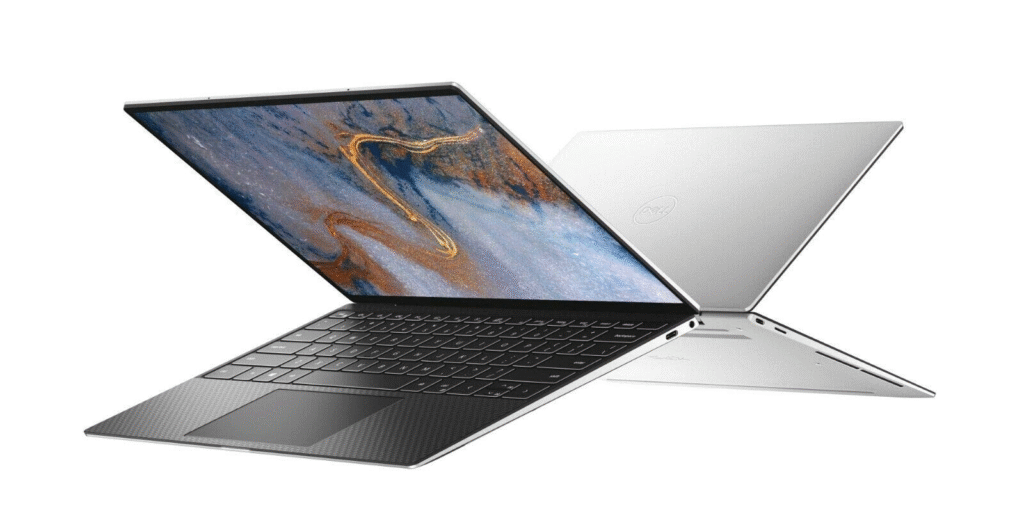
Dell’s latest XPS 13 hits the sweet spot for most remote workers. The Snapdragon X Elite CPU delivers impressive performance while sipping power like a hummingbird. That translates to an incredible 27-hour battery life that makes outlet anxiety a thing of the past.
At just 2.6 pounds, it disappears into any bag without weighing you down. The 13.4-inch display provides enough screen real estate for productivity without crossing into unwieldy territory.
Advantages:
- Exceptional 27-hour battery life
- Ultra-lightweight at 2.6 pounds
- Silent operation with ARM processor
- Premium build quality and design
- Fast charging capabilities
Disadvantages:
- Limited to only 2 USB-C ports
- Requires dongles for legacy peripherals
- ARM processor may have software compatibility issues
- Higher price than traditional Windows laptops
- Smaller screen may feel cramped for multitasking
Best for Performance: Apple MacBook Pro 14″ (M4)
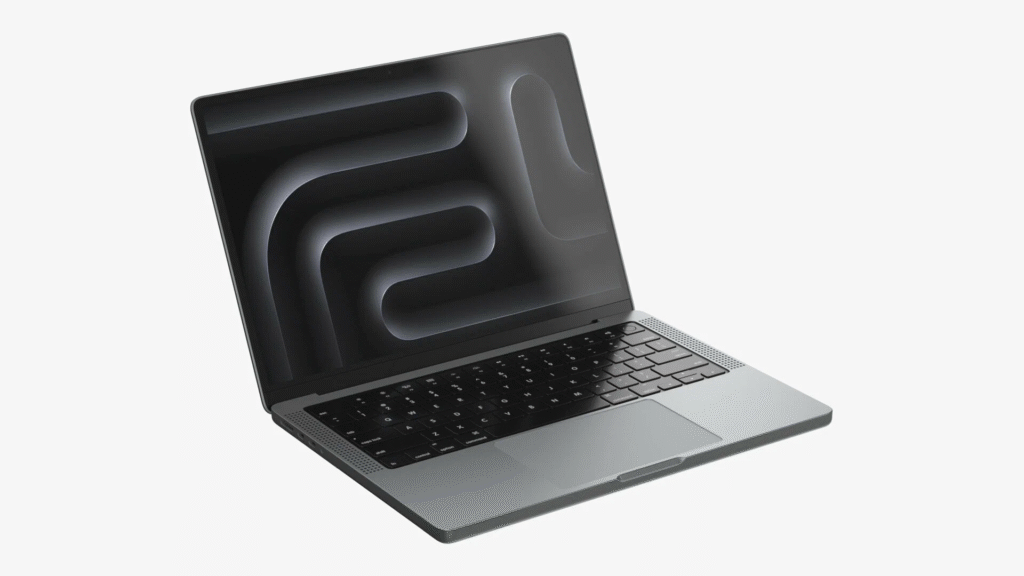
Creative professionals and power users have found their match in Apple’s M4-powered MacBook Pro. This machine handles 4K video editing, complex design work, and resource-heavy applications without breaking a sweat. The 120Hz Mini-LED display makes everything look crisp and fluid.
Studio-quality microphones ensure your voice comes through crystal clear on calls. The M4 chip’s efficiency keeps fan noise to a minimum, even under heavy loads.
Advantages:
- Blazing-fast M4 processor performance
- Stunning 120Hz Mini-LED display
- Excellent battery life (18 hours)
- Superior build quality and materials
- Outstanding speakers and microphones
- Seamless macOS ecosystem integration
Disadvantages:
- Premium price point ($2,499+)
- Limited software compatibility vs Windows laptops
- Expensive repairs and upgrades
- Only works optimally within Apple ecosystem
- Learning curve for Windows switchers
For those wanting Apple’s ecosystem benefits without the premium price, the MacBook Air 15″ with M4 offers similar performance in a more budget-friendly package. Both options represent excellent work from home laptops for demanding workflows.
Best Budget: ASUS Vivobook 16 M1605

You don’t need top-tier power. ASUS Vivobook 16 shows solid remote work features cost under $500. Its Ryzen 5 CPU gets everyday jobs done smoothly. Plus, the roomy 16-inch screen offers comfy space for juggling tasks.
This is a great pick for students, data entry pros, or anyone handling light office duties. The big display makes spreadsheets and documents much easier to read than smaller 13-inch options.
Advantages:
- Unbeatable value under $500
- Large 16-inch display for comfortable viewing
- Decent Ryzen 5 performance for basic tasks
- Full-size keyboard with numeric keypad
- Multiple ports including USB-A and HDMI
Disadvantages:
- Dim display struggles in bright environments
- Plasticky build feels cheap
- Poor battery life (6-7 hours max)
- Mediocre webcam and speakers
- Limited upgrade options
- Heavy at 4.2 pounds
Best for Business: Lenovo ThinkPad T14s

Folks in business love ThinkPad keyboards. The T14s keeps that great feel. Keys give just-right feedback, making long typing sessions smooth. This laptop holds up well too. It handles drops, spills, and rough travel like a champ.
Up to 32GB RAM means it powers through heavy multitasking easily. Think virtual machines, tons of browser tabs, and complex business apps running together. The matte black finish always looks sharp, fitting right in wherever work takes you.
Advantages:
- Legendary ThinkPad keyboard comfort
- Military-grade durability (MIL-STD-810H)
- Excellent security features and TPM chip
- Up to 32GB RAM for heavy multitasking
- Professional appearance and build quality
- TrackPoint for precise cursor control
Disadvantages:
- Conservative design may feel dated
- Display quality lags behind consumer laptops
- Heavier than ultrabook competitors
- Price premium for business features
- Fans can get noisy under load
Frequent travelers especially appreciate the robust build quality and excellent keyboard. This represents one of the best Windows laptop for remote work options for traditional business environments.
Best 2-in-1: Microsoft Surface Pro 11
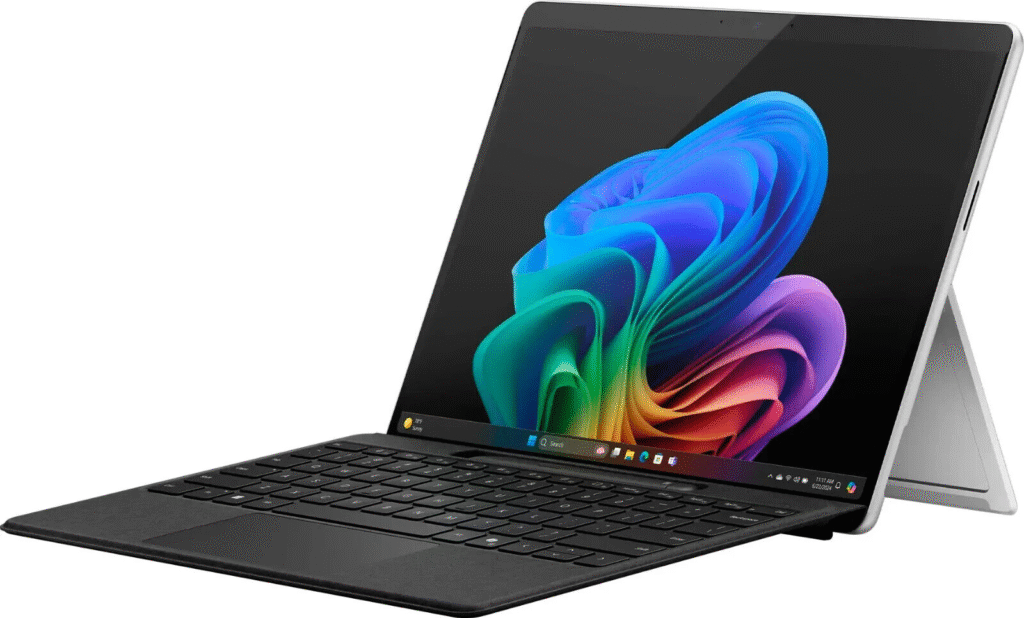
Versatility defines the Surface Pro 11. The Snapdragon X Elite processor delivers laptop-level performance in a tablet form factor. The detachable keyboard transforms it from presentation tool to productivity machine in seconds.
The 1440p webcam produces exceptionally clear video for client calls and presentations. Touch screen functionality makes annotations and creative work intuitive.
Advantages:
- Ultimate versatility as tablet and laptop
- Exceptional 1440p webcam quality
- Lightweight and portable design
- Touch screen with stylus support
- Snapdragon X Elite performance
- Long battery life in tablet mode
Disadvantages:
- Keyboard and stylus sold separately
- Kickstand can be unstable on soft surfaces
- Limited port selection
- ARM processor compatibility concerns
- Expensive when fully configured
- Keyboard typing experience inferior to traditional laptops
Best Chromebook: HP Elite Dragonfly
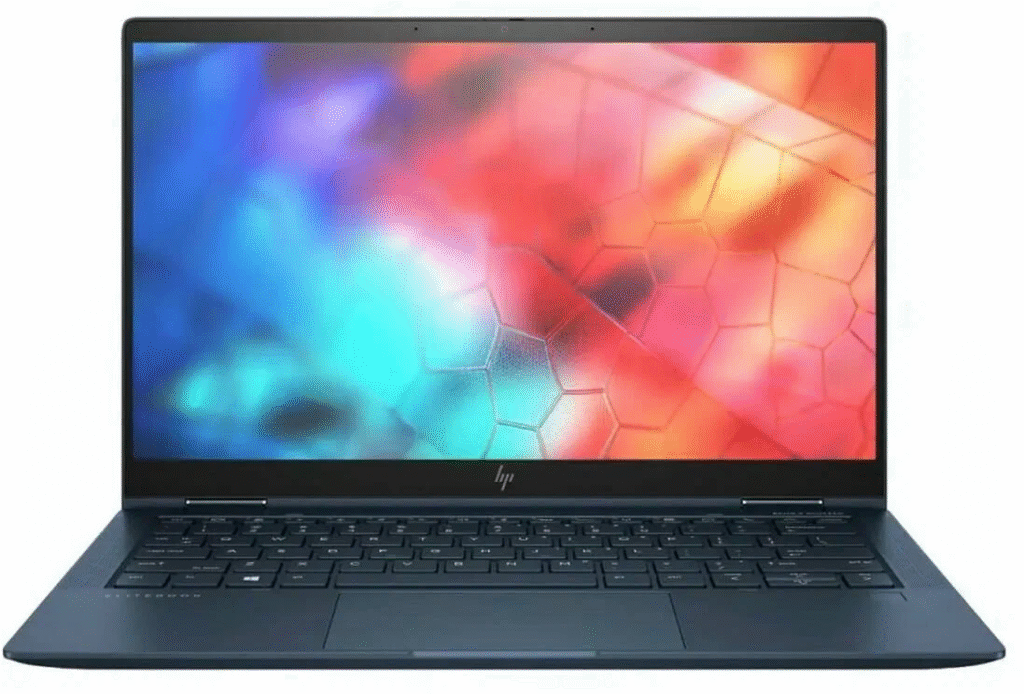
Teams focused on cloud work will like this Chromebook. Battery lasts about ten hours, keeping you going all day. Built-in enterprise security keeps important info safe. Touchscreen adds flexibility for how you interact.
ChromeOS really shines if you use Google Workspace daily. It boots up fast and updates itself automatically. Web apps run well here. That makes it great for admin duties and team projects.
Advantages:
- Lightning-fast boot times and updates
- Excellent security with automatic patching
- Long 10-hour battery life
- Lightweight and portable design
- Seamless Google Workspace integration
- Touchscreen functionality
Disadvantages:
- Limited offline capabilities
- Restricted software ecosystem
- Requires constant internet connection
- No traditional desktop applications
- Limited local storage options
- Higher price than basic Chromebooks
Buying Guide on The Best Laptops for Remote Work
- Operating System: Windows gives widest software support, including gaming. macOS plays nice with iPhones. ChromeOS is simple and secure, great for cloud-first work.
- Memory Needs: 16GB RAM handles everyday multitasking easily. Creative pros and developers often need 32GB for virtual machines or heavy apps.
- Storage Space: A 512GB SSD works well for most hybrid workers. It holds local files fast. Cloud storage helps if your drive is smaller.
- Budget Picks: Refurbished ThinkPads bring business quality cheaper. Older M1 MacBooks still offer speedy performance for less cash.
Best Laptops for Remote Work FAQ
What screen size is best for remote work?
Fourteen to sixteen inches hits that sweet spot: portable enough to carry, roomy enough for multitasking. Smaller 13-inch screens win if you travel constantly and want light weight. Bigger 16-inch displays? Ideal for designers or data folks needing maximum space.
Can I use a gaming laptop for remote work?
Sure, but battery life usually falls short and fans can get loud. Models like Razer Blade 16 pack serious power for heavy apps. Others, like ROG Zephyrus G14, blend strong performance with pro features better.
Is 8GB RAM enough for WFH?
Not in 2025. Sixteen gigabytes represents the baseline for smooth performance with Zoom calls, Slack notifications, and 30-plus Chrome tabs running simultaneously. Top WFH laptops all include at least this much memory as standard.
Are MacBooks better than Windows for remote work?
MacBook vs Dell XPS for WFH debate comes down to personal preferences and workflow requirements. MacBooks lead in battery life and M4 performance efficiency. Windows machines offer broader software compatibility, gaming support, and more budget-friendly options across different price ranges.
How important is a 5G/LTE option in a laptop?
Essential for frequent travelers who can’t rely on Wi-Fi availability. Business models like the ThinkPad T14s include nano-SIM slots for cellular connectivity. This feature provides internet backup when coffee shop Wi-Fi fails or client offices have restricted guest networks.
Conclusion
The best laptops for remote work in 2025 mix strong productivity basics with newer perks. Think AI speed boosts and strong connections. Pick based on your actual workflow. You’ll get a partner that helps, not hinders, your remote day.
Remember, the best laptops for work from home aren’t always pricey. Focus on features that impact your daily grind. You’ll find the right mix of power, easy carrying, and smart value for your remote setup.





